Amazon Fire phone disappoints critics
With a SIM-free price of $649, Amazon has priced itself out of the market, it is claimed
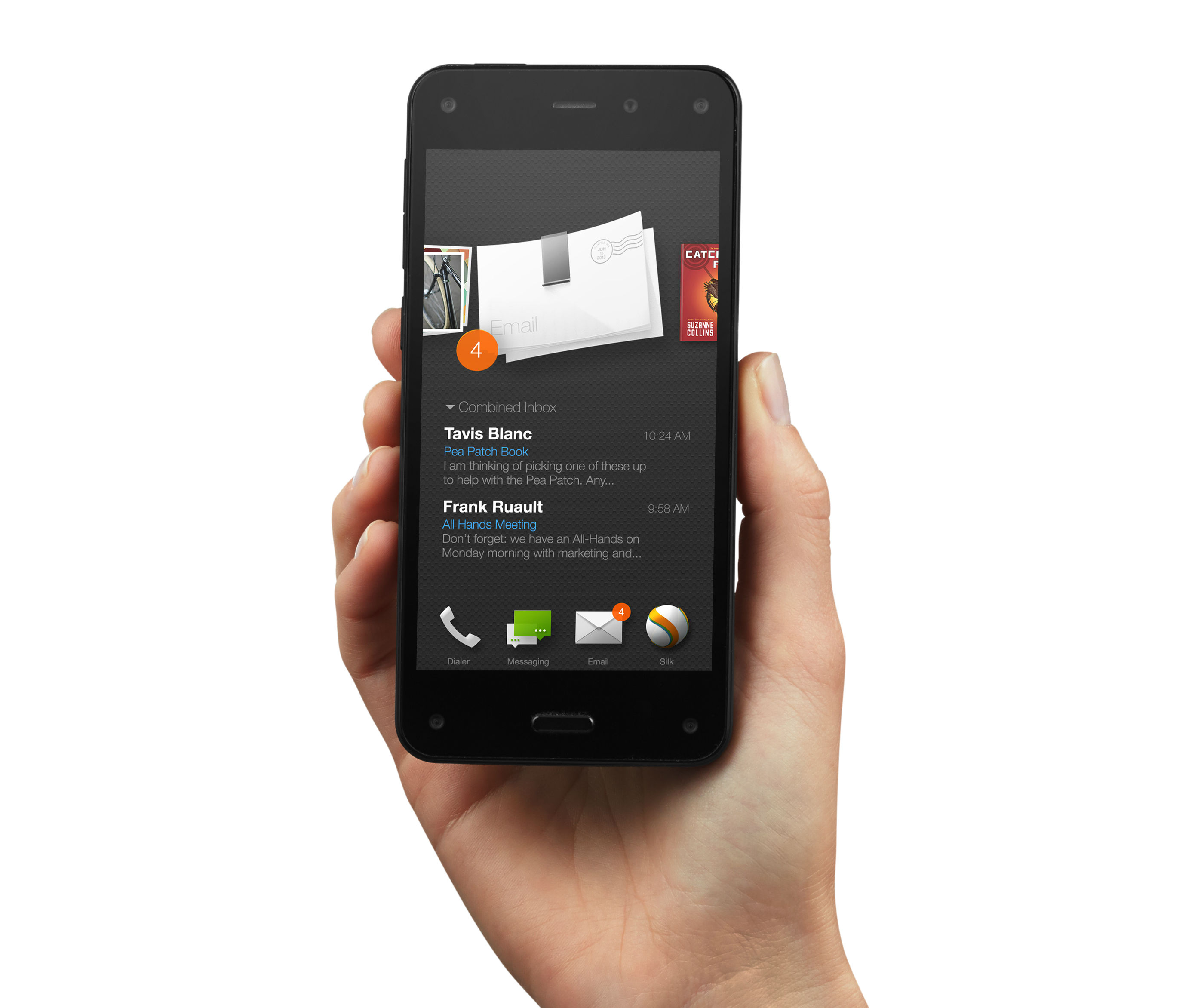
Despite introducing a number of unique features with its Fire phone, including a pseudo-3D interface and the Firefly product ID app, the device has received a lukewarm reception.
There are two big sticking points with the Fire phone: price and privacy. Many analysts expected Amazon to introduce a unique pricing structure to help the Fire phone gain traction in a saturated market.
The retailer was expected to undercut rivals such as Apple and Samsung on the hardware side and rely on users subscribing to its Prime service to turn a profit.
Instead Amazon opted to launch the device for $649 SIM-free or $199 on a two-year contract and give away 12-months of Prime membership for free. The cost of the handset puts it in direct competition with established devices such as the iPhone 5s and Samsung Galaxy S5.
"This is a high risk launch price strategy which is unsustainable for a smartphone market entrant. Simply having a well-known brand on the box is not enough to sell smartphones, as Nokia and Motorola know well," noted Ian Fogg, head of mobile at IHS in his analysis.
"IHS expects Amazon will reduce the Fire's price within months to make the Fire more attractive."
Other industry watchers weren't convinced about Amazon's strategy either.
Get the ITPro daily newsletter
Sign up today and you will receive a free copy of our Future Focus 2025 report - the leading guidance on AI, cybersecurity and other IT challenges as per 700+ senior executives
Basically Amazon is trying to sell a shopping basket for $649, but not even as a shopping basket disrupts the market.Francisco Jeronimo (@fjeronimo) June 18, 2014
If the $199 on 2yr contract is all there is to Fire phone pricing it will be a tough sell. #Amazoneventcarolina milanesi (@caro_milanesi) June 18, 2014
Not blown away by the Fire phone. The people in the video don't really look/feel convinced either ya know?Kevin Rose (@kevinrose) June 19, 2014
With no innovation on price, hard to see the Fire Phone changing the market much. Lots that's nice but nothing game-changing.Benedict Evans (@BenedictEvans) June 18, 2014
Privacy concerns
The feature set of the handset raises a number of questions about privacy. The Fire phone has four cameras, watching you at all times. GPS records your location and the device listens to ambient audio.
So will you be kissing your privacy goodbye by purchasing this device?
"Amazon will get unprecedented insight into who you are, what you own, where you go, what you do, who's important in your life, what you like, and, probably, what you might be most likely to buy," pointed out Venturebeat.
Even the die-hard Amazon fans might be put off by this.
What's it like to use?
Despite packing in high-end specifications, including a 4.7in HD screen, 2.2GHz quad-core processor and 13-megapixel rear camera, there weren't any ringing endorsements after the initial round of hands-on.
Beyond the dynamic perspective feature on the interface "it's a relative standard Android phone," according to The Verge.
"If you love Amazon, you might like this phone, otherwise, you might be looking for something a bit more powerful," it concluded.
Despite being based on Android 4.4.2 Jelly Bean, the Fire OS is missing a lot of features and lacks the customisation associated with Android.
"In fact, our general takeaway was one of shrugging our shoulders and remarking on the Android features we missed. The home' screen is a giant mess of icons, and it can't be improved with custom widgets," explained Ars Technica.
"The lack of dedicated Google apps on a mostly-Android device, especially the oft-improving Google Maps, bummed us out."
-
 Should AI PCs be part of your next hardware refresh?
Should AI PCs be part of your next hardware refresh?AI PCs are fast becoming a business staple and a surefire way to future-proof your business
By Bobby Hellard
-
 Westcon-Comstor and Vectra AI launch brace of new channel initiatives
Westcon-Comstor and Vectra AI launch brace of new channel initiativesNews Westcon-Comstor and Vectra AI have announced the launch of two new channel growth initiatives focused on the managed security service provider (MSSP) space and AWS Marketplace.
By Daniel Todd
-
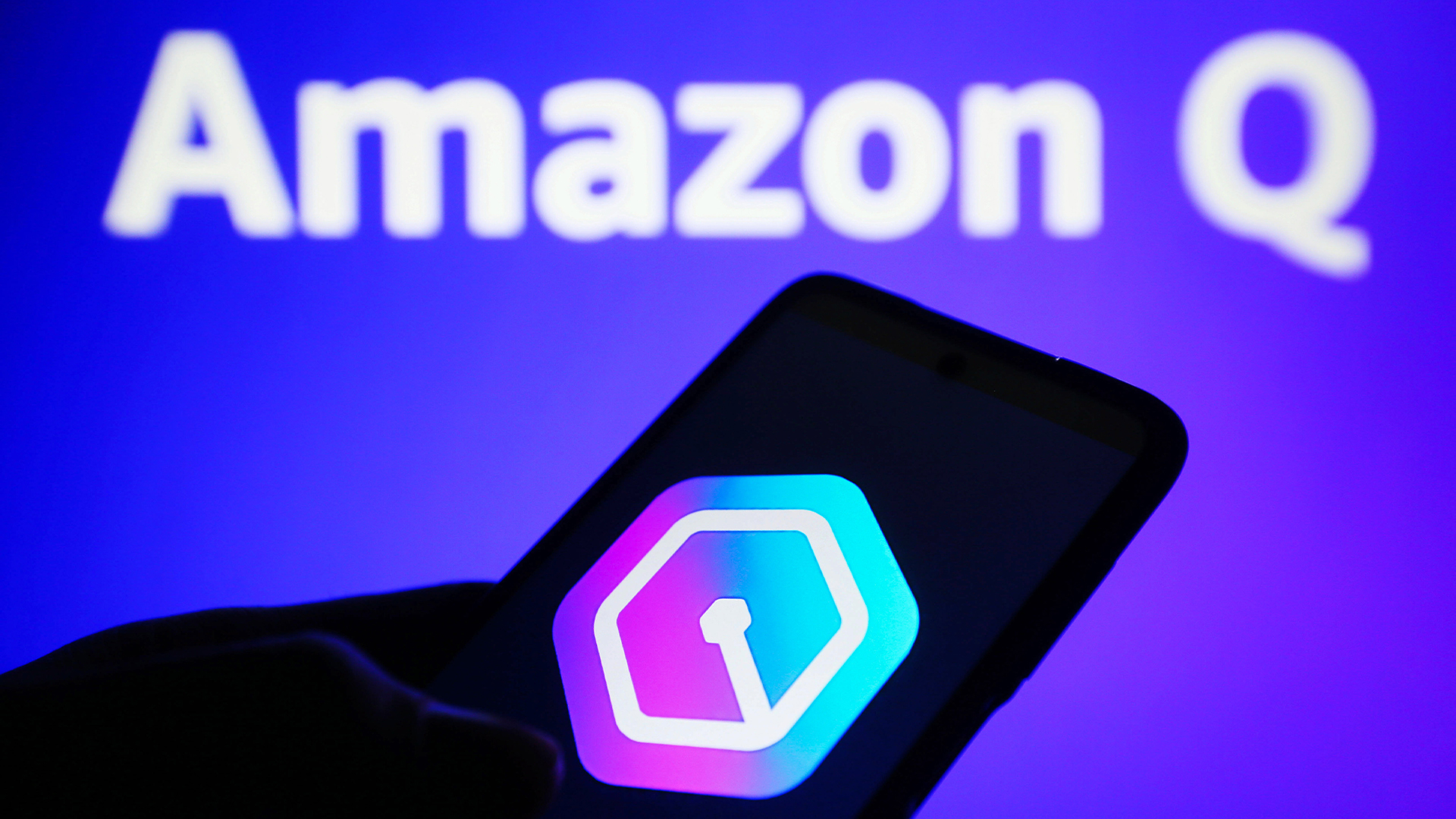 AWS expands language support for Amazon Q Developer
AWS expands language support for Amazon Q DeveloperNews AWS has expanded support for languages in Amazon Q Developer, making it easier for developers to code in their first language.
By Nicole Kobie
-
 Redis insists license changes were the “only way to compete with Amazon and Google” — now it could face a user exodus
Redis insists license changes were the “only way to compete with Amazon and Google” — now it could face a user exodusNews Redis sparked controversy when it announced licensing changes in March this year – but the company believes the move was warranted
By Ross Kelly
-
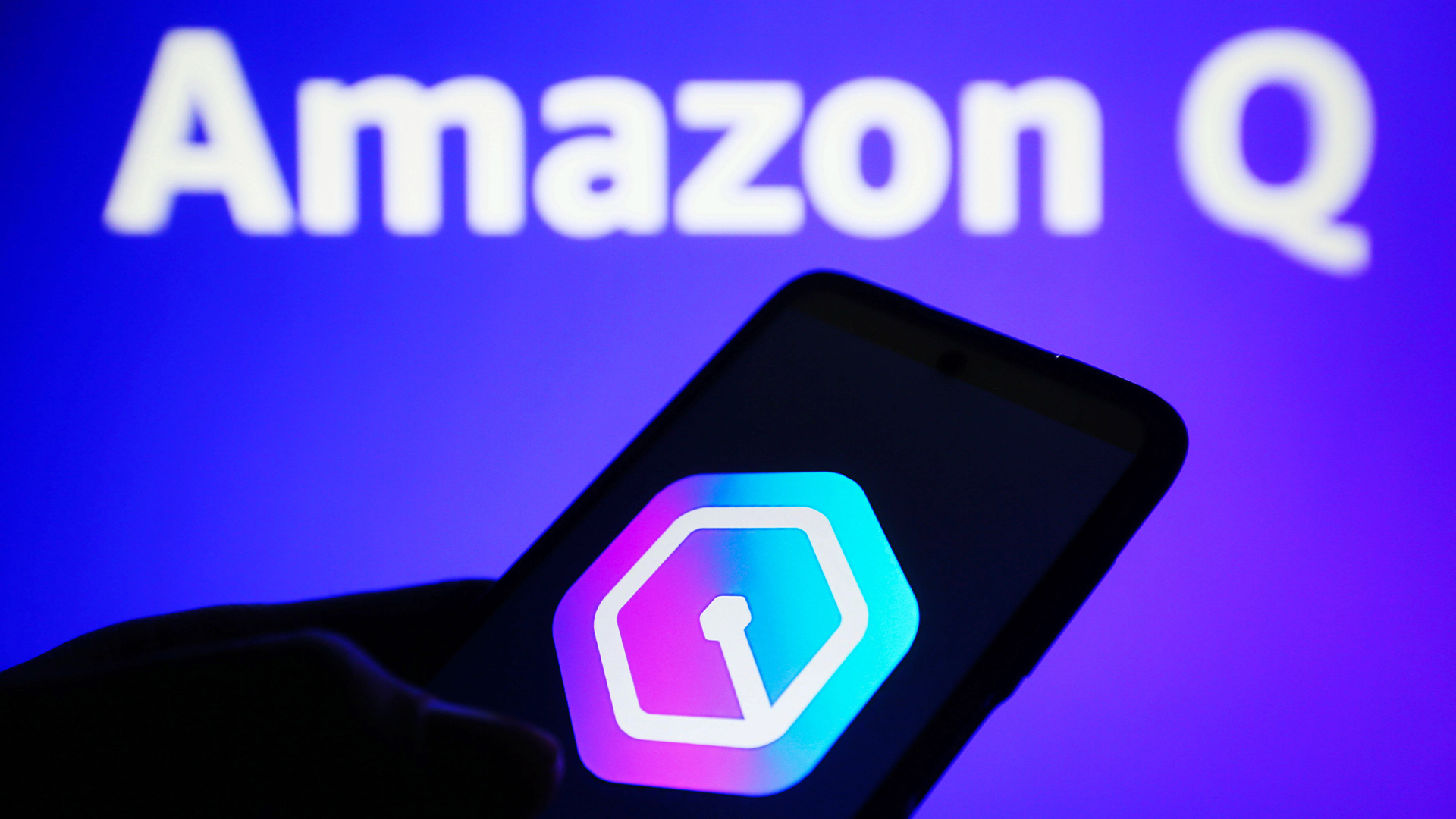 Everything you need to know about Amazon Q, including features, pricing, and business tiers
Everything you need to know about Amazon Q, including features, pricing, and business tiersExplainer Amazon Q can help developers write code faster and help workers with no coding experience build their own generative AI apps
By Steve Ranger
-
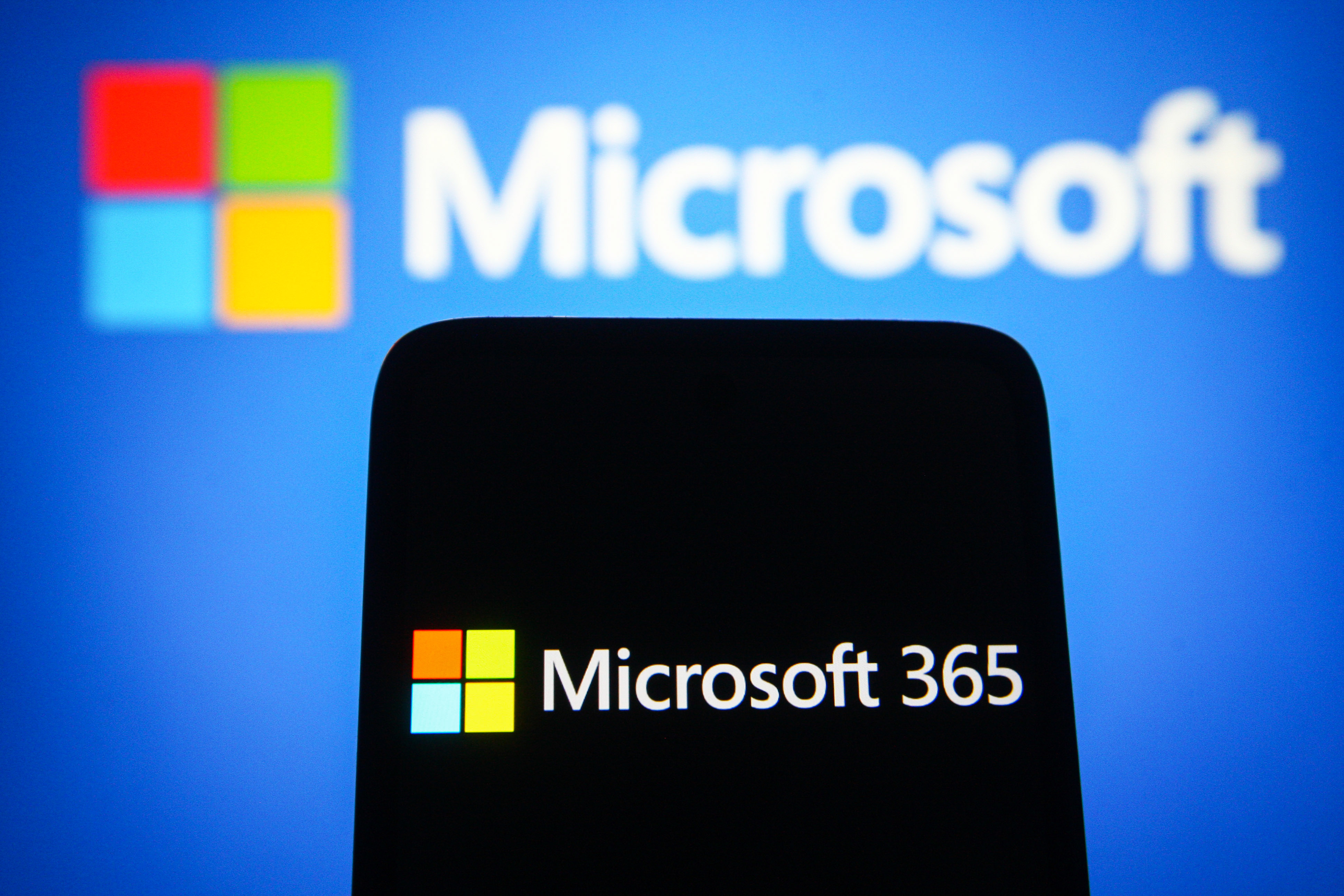 Amazon to become Microsoft 365 customer in landmark $1 billion deal
Amazon to become Microsoft 365 customer in landmark $1 billion dealNews The Microsoft 365 deal marks a major pivot for Amazon, which has traditionally avoided using rival cloud products
By Ross Kelly
-
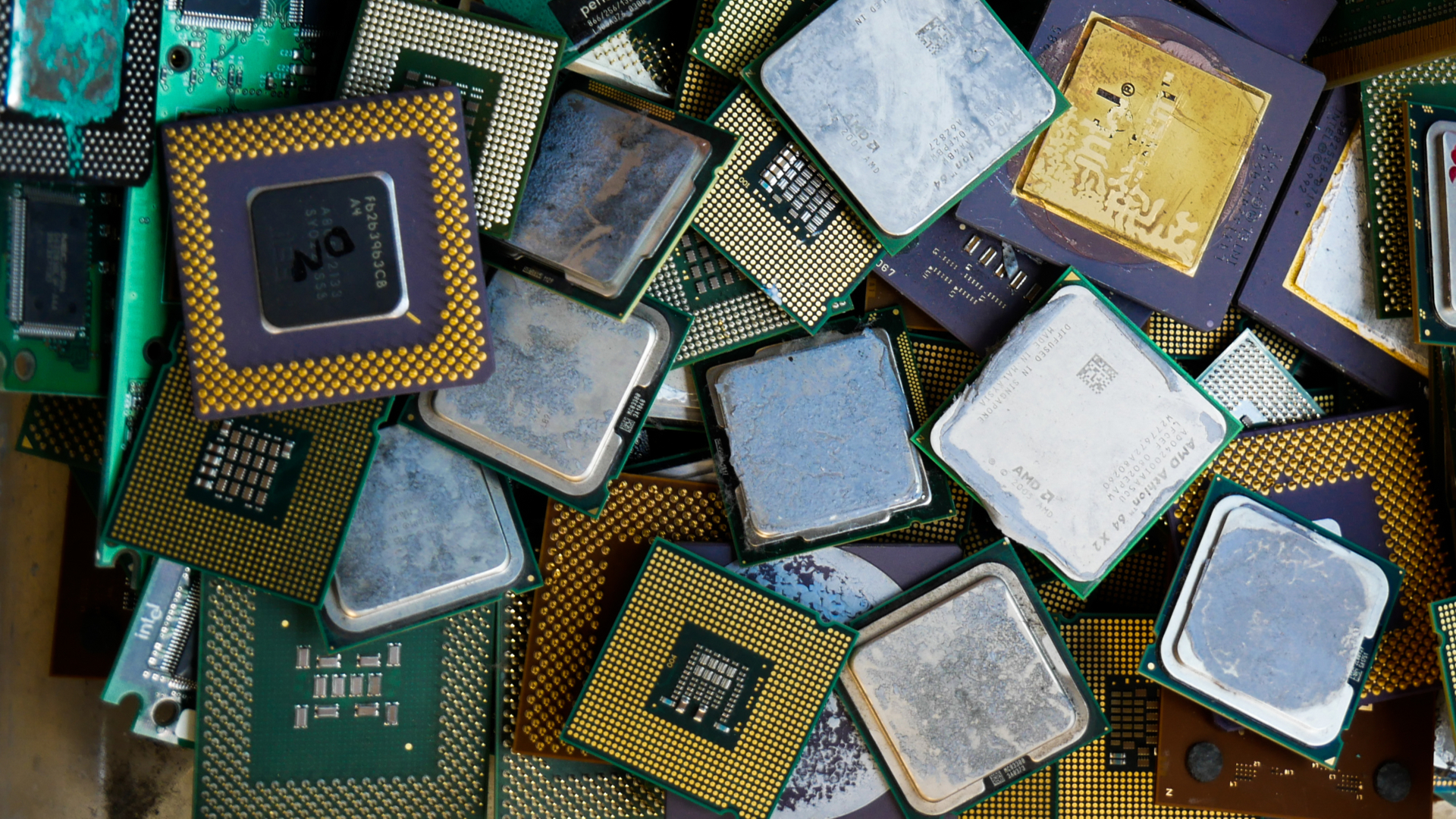 Tech giants lobby US to fund chip production
Tech giants lobby US to fund chip productionNews Industry heavyweights ask Congress for $50 billion in chip manufacturing subsidies
By Mike Brassfield
-
 Microsoft has an edge on AWS, according to IT executives
Microsoft has an edge on AWS, according to IT executivesNews Goldman Sachs survey suggests IT executives see Microsoft winning the cloud wars over the next three years
By Bobby Hellard
-
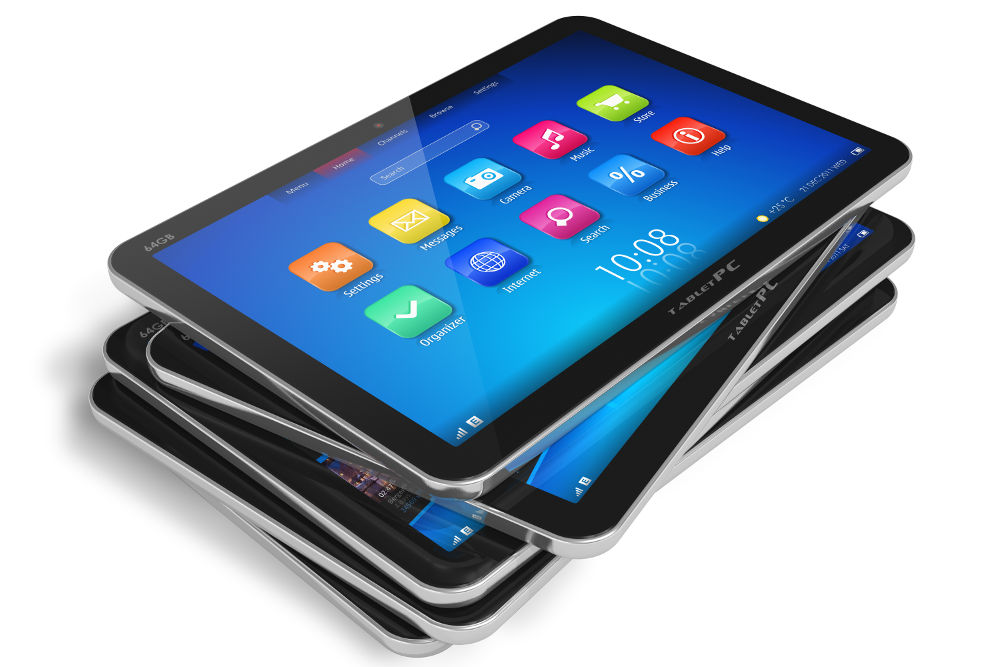 Tablet market falls 15% as low-cost devices lead sales
Tablet market falls 15% as low-cost devices lead salesNews Weakened market caused by 'low-cost detachables" sees third-quarter tablet sales fall by 15%
By Dale Walker
-
 Tablet sales decline, but detachables rise in popularity
Tablet sales decline, but detachables rise in popularityNews Devices such as the iPad Pro and Microsoft Surface are quickly replacing PCs, IDC says
By Clare Hopping